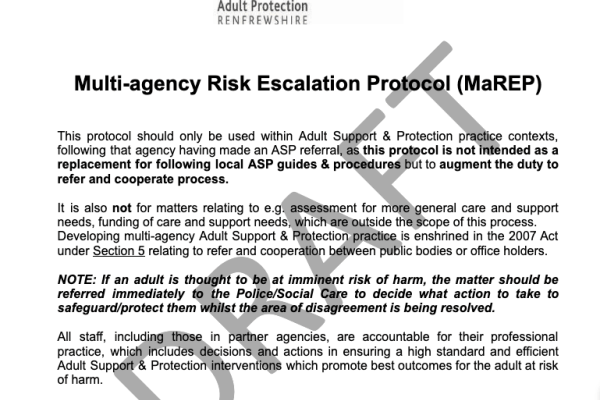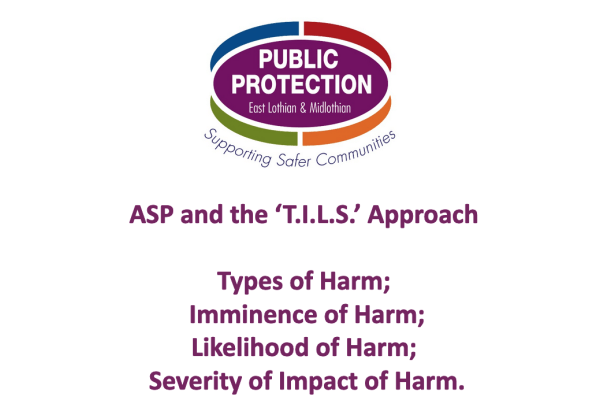ASPire 2025: An introduction to the Most Significant Change (MSC) model and risk assessment
This is an ASPire webinar from October 2025. Its theme is the Most Significant Change (MSC) model. This is a storytelling approach to gathering and exploring change outcomes. This approach can capture complexity and explore outcomes in ways that go beyond being 'moved' by someones experiences. The session is led by Nick Andrews (Swansea University).






